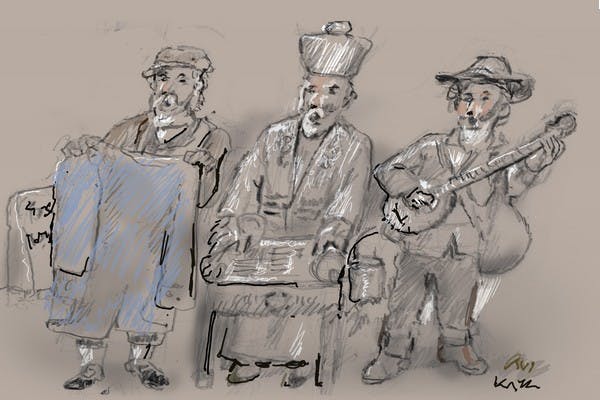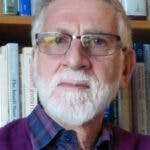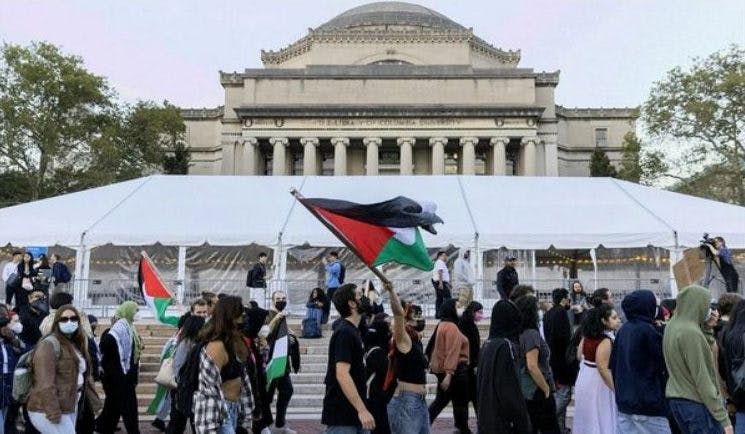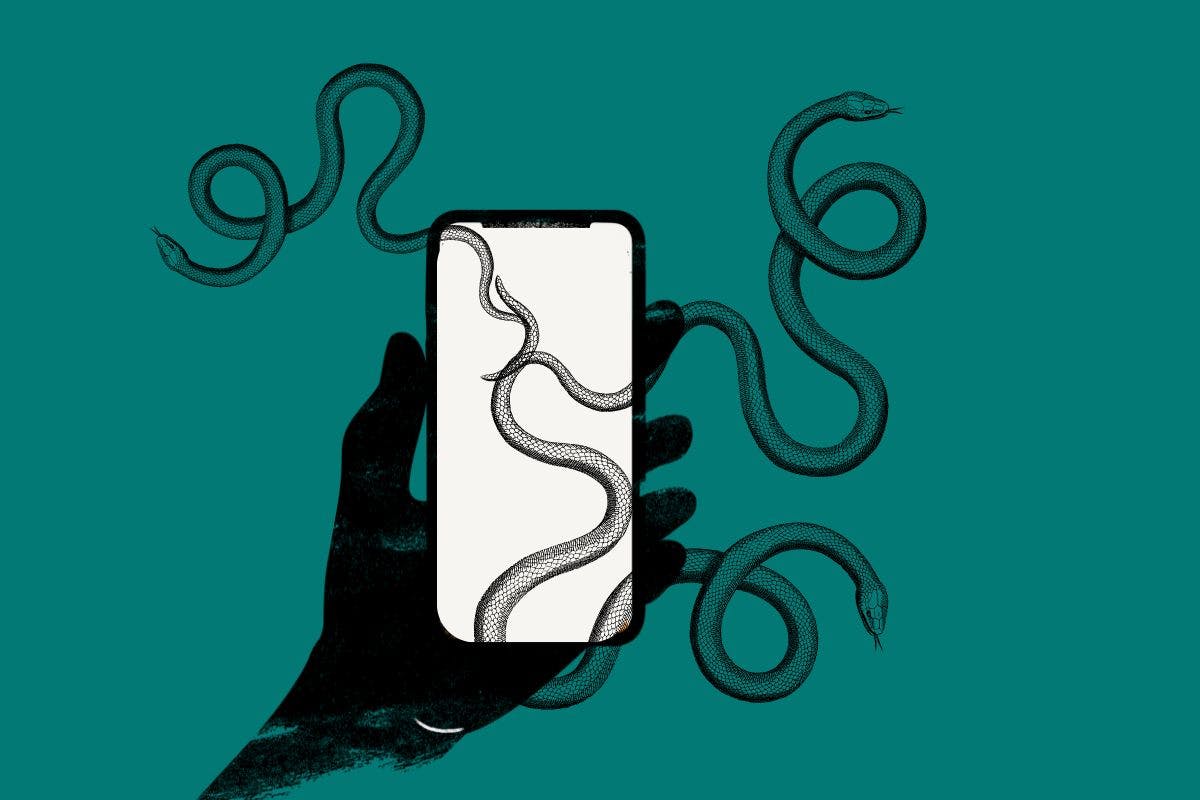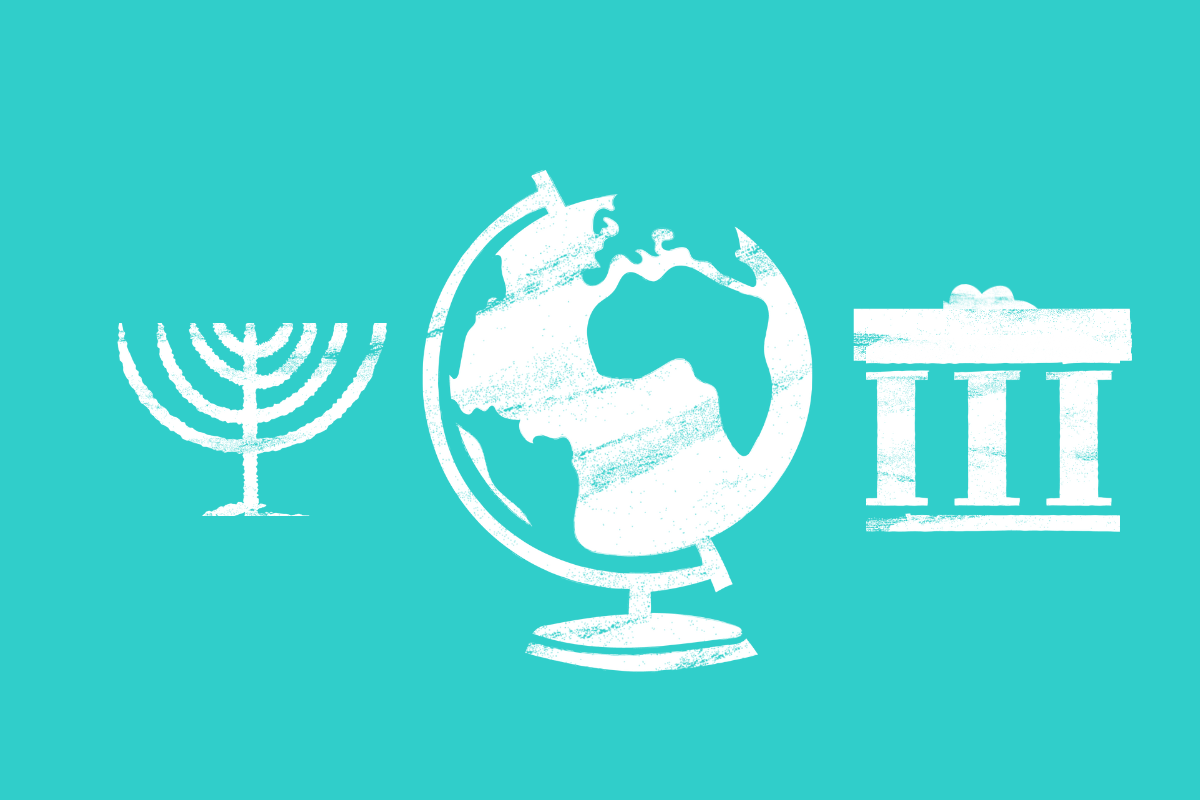Published: 9 January 2024
Last updated: 5 March 2024
COLIN SHINDLER discovers an unlikely lineage from his working class forebears to the 'father of Australian music'.
Forty years ago, I began to explore my family tree and wrote a letter to the delightfully named Reverend Sunshine at the Chief Rabbi's Office in London. In a pre-computer age, he was the keeper of the records of Jewish births, marriages and deaths. I asked him specifically about my mother's family — the Nathans — and discovered that they and their forebears had been living for centuries in the impoverished East End of London near the Tower of London and the River Thames.
The Nathans were mentioned in the first British census of 1841 and they clearly went back to at least Napoleonic times. They were settled in London long before the great wave of Ashkenazi Jews which followed the pogroms in the Tsarist Empire in 1881. I discovered that my antecedents were not eminent rabbis who delivered learned sermons in shul or Jews who had pulled themselves up by their bootstraps to become captains of industry. They were peddlers and hawkers as far back as I could reach.
In my immediate family, my grandfather followed the illustrious path of his ancestors and became a bookmaker, as did two uncles. My father was a gents' tailor who worked hard in a factory all his life while my mother took in clothes to sew buttonholes on jackets. My roots were in the proud Jewish working class.
During the eighteenth and nineteenth centuries, several family members would have been involved in the trading of old clothes. There had been a Rag Fair in Rosemary Lane since 1700. Janice Turner, who wrote her doctoral thesis on Rosemary Lane, described it as possessing “one of the most powerfully articulated reputations for disorder of any London street. In the imagination of both novelists and social investigators, it was thought to be squalid, dangerous, dirty - the stereotypical ‘den of iniquity’.”
The Jews began to take over Rag Fair during the 1760s — and so was born the often-antisemitic caricatures of the Jewish peddler drawn by respected artists such as James Gilray, Thomas Rowlandson and William Hogarth.
During the last couple of decades, the advent of the internet brought with it a growing wealth of information about Jews who had lived and died in London following Cromwell's re-admission of the Jews in 1656.
I discovered that one ancestor, Myer Jacob of Rosemary Lane, had died on August 12, 1793 — just a few months after the French revolutionaries had guillotined Louis XVI. I subsequently visited this closed cemetery in East London and discovered that his eroded headstone noted that he was “amongst those who listen to the Torah, rising early to prayer and attending evening prayers”. I recited kaddish over his grave — something that had not happened for two hundred years.
The headstones were in a terrible state apart from one for my ancestors, Mordechai and Frances Nathan.
Despite all the advances in technology and the blossoming industry of Jewish genealogy, I then hit a brick wall and my family research took a back seat. About six months ago, I received an email from a distant relative in the US who was very interested in family history. She had carried out a DNA test and told me that she had had dozens of matches for Nathan Chaim Halevi Nathan, born in Lisbon in 1696.
When the shock at this amazing revelation subsided, I was sceptical because some of the pieces were inevitably missing from this genealogical jigsaw puzzle. Was I now a Sephardi aristocrat rather than an Ashkenazi proletarian, as I had always believed?
Resurrecting my interest in genealogy, I discovered that Nathan's wife, Sebilla (Isabella) was similarly born in Lisbon in 1697. In all likelihood, they had gone to tolerant, Protestant Holland to escape the lethal embrace of the Portuguese Inquisition in the early 1700slike many other conversos from the Iberian Peninsula.
My ancestor, Nathan Chaim Halevi Nathan, was known as 'the Scribe of Amsterdam' — and I have yet to find out why. His son, Mordechai, however, left Amsterdam for Dover on the English coast at some point and the Nathan family had set up shop on Snargate Street almost on the seafront — and probably sold fruit.
Dover was one of the earliest provincial Jewish communities in the UK. Jews had settled in many of these port cities in order to ply their trade and most were affiliated with the Great Synagogue in London. The Jews of Dover did not possess a burial ground in those early days but used instead the Jewish cemetery in Canterbury some 25km away.
A few months ago, I visited the disused cemetery in Canterbury. Walking through a gap between two houses, I found a rickety door, pushed it open and found myself in a large garden. Collapsing headstones saluted me from their 45-degree slant, to which I replied “Here I am”. The row at the back of the cemetery appeared to be all Nathans.
History knows Isaac Nathan as 'the Father of Australian Music'. He wrote the first opera produced in Australia.
Their headstones were in a terrible state apart from one pristine stone, remarkably belonging to my direct ancestors, Mordechai and Frances Nathan, who both died in 1841 at an advanced age. Their double stone had survived two centuries of erosion and the Hebrew lettering was wonderfully clear.
I later discovered that Mordechai had a brother, Menachem, who was the chazan (cantor) of the local shul and he had a son called Isaac. The latter grew up with the sound of cantors ringing in his ears so much so that he was attracted to the world of Italian opera and decided to become a composer.
Isaac was about to publish a collection of 'Hebrew Melodies' when he met and began to work with Alfred Lord Byron, who provided 30 of his poems. This period of collaboration lasted until early 1815. Byron's liberal sympathies for oppressed peoples famously led to his support for the struggle for Greek independence in the 1820s but he also embraced an embryonic Jewish nationalism.
Isaac gained considerable fame and even gave singing lessons to Princess Charlotte, the daughter of the Prince Regent, later King George IV. Financial difficulties persuaded him to emigrate to Australia in 1841, where he ascended to new heights in a new land. History now knows him as “the Father of Australian Music”. He assisted many budding composers and wrote the first opera to be produced in Australia. He was also the first professional musician to transcribe the music of the indigenous inhabitants of Australia. In January 1864, Isaac fell off a No. 2 tram in Pitt Street, Sydney and was crushed beneath one of its wheels.
Isaac's grandson, Harry Nathan, was the first to publish Waltzing Matilda - in December, 1902
Isaac's grandson, Harry Nathan, was the first to publish Waltzing Matilda - in December, 1902, a song that he had adapted from Banjo Paterson and Christina Macpherson.
So who do I think I am? I am the receptacle of all those who have gone before me, the struggles of the hard times in which they lived, the cities which they called home and the joys and the freedoms which they experienced.
A Midrash comments that the House of Israel is like sand, drifting from one place of exile to another. The wonder of genealogical research today is that it helps us to understand the journey and determination of our own family in the past.
